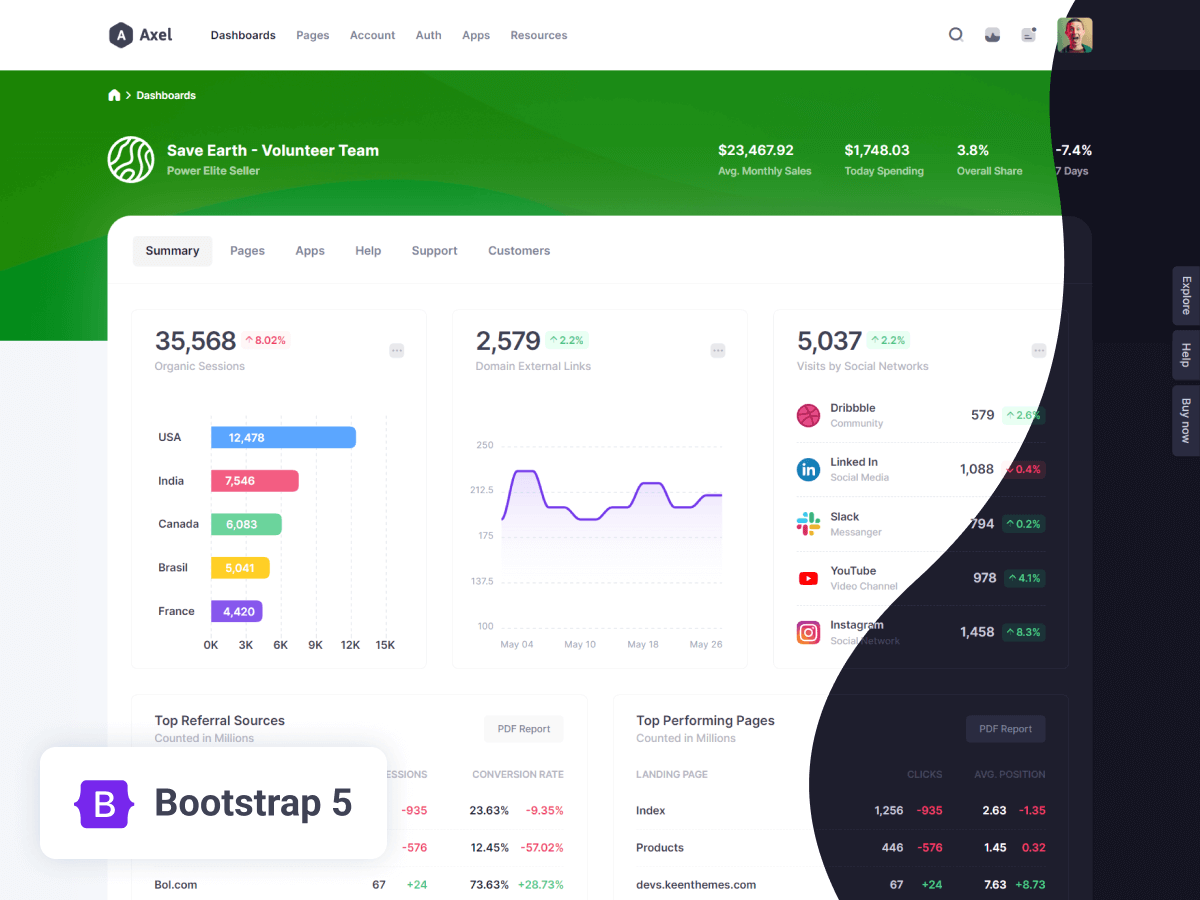光辉2娱乐,注册|Building a Strong Brand with Experiential Marketing
Building a Strong Brand with Experiential Marketing
In today's competitive marketplace, businesses need to find new and innovative ways to connect with their target audience and build lasting relationships with their customers. Experiential marketing has emerged as a powerful tool for creating immersive and memorable brand experiences that leave a lasting impression on consumers. By engaging the five senses and creating emotional connections, experiential marketing can help businesses build brand loyalty, drive sales, and create a buzz around their products or services.
What is Experiential Marketing?
Experiential marketing is a form of marketing that engages consumers through interactive and immersive experiences. It goes beyond traditional advertising methods and creates opportunities for consumers to interact with a brand in a personal and meaningful way. Experiential marketing campaigns can take many forms, such as live events, product demonstrations, pop-up shops, and interactive installations.
The Benefits of Experiential Marketing
There are numerous benefits to using experiential marketing to build a strong brand. Some of the key advantages include:

Increased brand awareness: Experiential marketing can help businesses reach new audiences and create awareness of their brand. By creating memorable and engaging experiences, businesses can capture the attention of consumers and leave a lasting impression.
Enhanced brand image: Experiential marketing can help businesses enhance their brand image and create a positive association with their products or services. By creating experiences that are consistent with the brand's values and personality, businesses can build a strong emotional connection with consumers.
Increased sales: Experiential marketing can help businesses drive sales by creating a sense of urgency and excitement around their products or services. By allowing consumers to experience the product firsthand, businesses can create a desire for ownership and increase the likelihood of purchase.
Improved customer loyalty: Experiential marketing can help businesses build lasting relationships with their customers by creating memorable and positive experiences. By engaging consumers on a personal level, businesses can create a sense of loyalty and encourage repeat purchases.
Increased word-of-mouth marketing: Experiential marketing can generate buzz around a brand and create opportunities for word-of-mouth marketing. By creating experiences that are shareable and memorable, businesses can encourage consumers to talk about their experiences with friends and family, resulting in increased brand awareness and sales.
How to Create a Successful Experiential Marketing Campaign
Creating a successful experiential marketing campaign requires careful planning and execution. Here are some key steps to consider:
Define your target audience: The first step is to clearly define your target audience and understand their needs, wants, and interests. This will help you create experiences that are relevant and engaging to your ideal customers.
Set clear objectives: What do you want to achieve with your experiential marketing campaign? Do you want to increase brand awareness, drive sales, or build customer loyalty? Once you have clear objectives, you can develop a strategy to achieve them.
Choose the right experience: The key to a successful experiential marketing campaign is to create an experience that is unique, memorable, and relevant to your brand. Consider the different types of experiences that would resonate with your target audience and align with your brand values.
【4.】Create a seamless experience: The experience you create should be seamless and easy for consumers to engage with. Make sure that the experience is well-organized, accessible, and enjoyable for all participants.
【5.】Measure your results: It's important to measure the results of your experiential marketing campaign to determine its effectiveness. Track key metrics such as brand awareness, sales, and customer engagement to see how your campaign is performing and make adjustments as needed.
By following these steps, you can create a successful experiential marketing campaign that will help you build a strong brand, drive sales, and create lasting relationships with your customers.
Examples of Successful Experiential Marketing Campaigns
Here are some examples of successful experiential marketing campaigns that have helped brands achieve their marketing goals:
Red Bull: Red Bull is known for its high-energy and adrenaline-fueled experiential marketing campaigns. One of their most successful campaigns was the "Red Bull Flugtag," where participants built homemade flying machines and competed to see who could fly the farthest. This campaign generated a lot of buzz and helped Red Bull build a strong brand image.
Nike: Nike has a long history of creating innovative and engaging experiential marketing campaigns. One of their most famous campaigns was the "Nike Run Club," where runners could track their runs, connect with other runners, and earn rewards. This campaign helped Nike build a strong community of runners and drive sales of their running shoes.
Coca-Cola: Coca-Cola has used experiential marketing to create memorable and shareable experiences for its consumers. One of their most successful campaigns was the "Share a Coke" campaign, where consumers could personalize Coca-Cola bottles with their own names. This campaign generated a lot of social media buzz and helped Coca-Cola increase sales.
These are just a few examples of how experiential marketing can be used to build a strong brand. By creating immersive and memorable experiences, businesses can connect with their target audience on a personal level and create lasting relationships with their customers.
